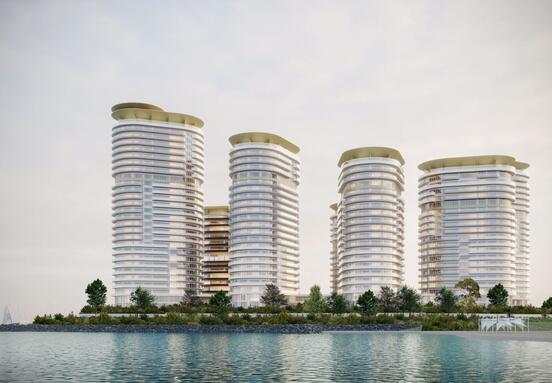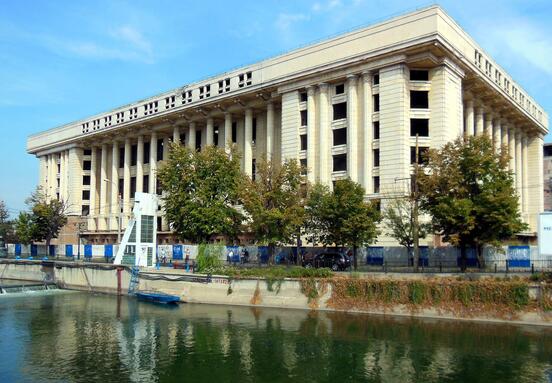Wall-Street.ro used the Global Occupier Metrics tools launched by DTZ, in order to see where Bucharest stands comparing to other European capitals regarding annual costs of offices, as well as how the costs act if decreasing the office density.
They took as a reference a company with 200 employees aiming a headquarters situated in an office building situated at 70% on the scale of quality and location (where 100% represents a prime building in CBD)
Bucharest
According to the tool of DTZ Echinox, a company with 200 employees choosing an office situated at 70% on the quality scale will pay monthly for each work post EUR 2,329, the total annual cost reaching over EUR 465,000, with one employee per work post.
If the ratio between work place and employee is 0.7, one of the used margins, then the companies’ costs are decreasing. Annually, EUR 326,000 will then be paid.
Average area/work post 8.6 sq. m
Average rent: EUR 164/sq. m/year
Budapest
In Budapest, a company with the same number of employees and same office space at the same quality level and situation will pay EUR 1,988 per work post annually and will have an annual cost of more than EUR 397,000.
Considering the 0.7 ratio, the total annual cost could drop to EUR 278,000 sq. m.
Average area/work post 9.9 sq. m
Average rent: EUR 118/sq. m/year
Prague
In Prague, for a 1:1 ratio of work post-employee, a company should pay over EUR 3,500 per year for each work post, leading to annual cost of EUR 700,000.
If the ratio decreases to 0.7, the costs are reducing to EUR 491,000.
Average area/work post 12.6 sq. m
Average rent: EUR 176/sq. m/year
Warsaw
A company with 200 employees headquartered in Warsaw will pay annually EUR 486,000 for 0.7 ratio between work post and employee, while the cost would reach EUR 695,000 sq. m for 1:1 ratio.
Average area/work post: 9.3sq. m
Average rent: EUR 227/sq. m/year
Kiev
In Kiev, the cost of a company reaches 1 million dollars per year for 1:1 ratio, while the costs are droping to 725,000 dollars for a 0.7 ratio.
Average area/work post: 9.4 sq. m
Average rent: EUR 336/sq. m/year
A typical service providing company occupying offices in 10 important European capitals for 1,000 employees can save up to EUR 1.5 million/year, which equates to EBITDA growth of approx. 3 pct., considering the ratio costs-incomes.
Technology progress and collaborative work were the main factors to modify the use of office spaces in Europe, even in traditionally conservative countries. Following this change, the multinational companies could be in the situation of desynchronizing with good practices on local markets.
“The European practices regarding the work place have evolved rapidly during last period, the companies needing fewer and fewer employees permanently present in the office. This has e domino effect on the work place densities, but the tenants continue to occupy a bigger space than effectively needed”, said James Maddock, Head of Global Support Services within DTZ.
A re-examination of the total allotted space for each employee could be therefore an extremely useful exercise for the tenants.
”The companies, looking for savings from their real estate portfolio are usually looking at the rents, and so they can even end occupying spaces in less desirable zones. However, the biggest economies are not generated by changing location – on the contrary. Re-evaluating the densities of the work posts allows the real estate managers to find the best solution for the traditional challenge “cost” versus “talent”. This means they could save remaing or moving to a prime location in order to keep or attract the best people", explained Madalina Cojocaru, Head of Office Department DTZ Echinox.
Those numbers are generated by Global Occupier Metrics , an instrument developed by DTZ to facilitate the calculations of the occupiers regarding costs in over 130 global office and logistics markets. The tool offers simulations of occupancy costs and over 1000 performance key indicators and reference criteria. (source: wall-street-ro)






